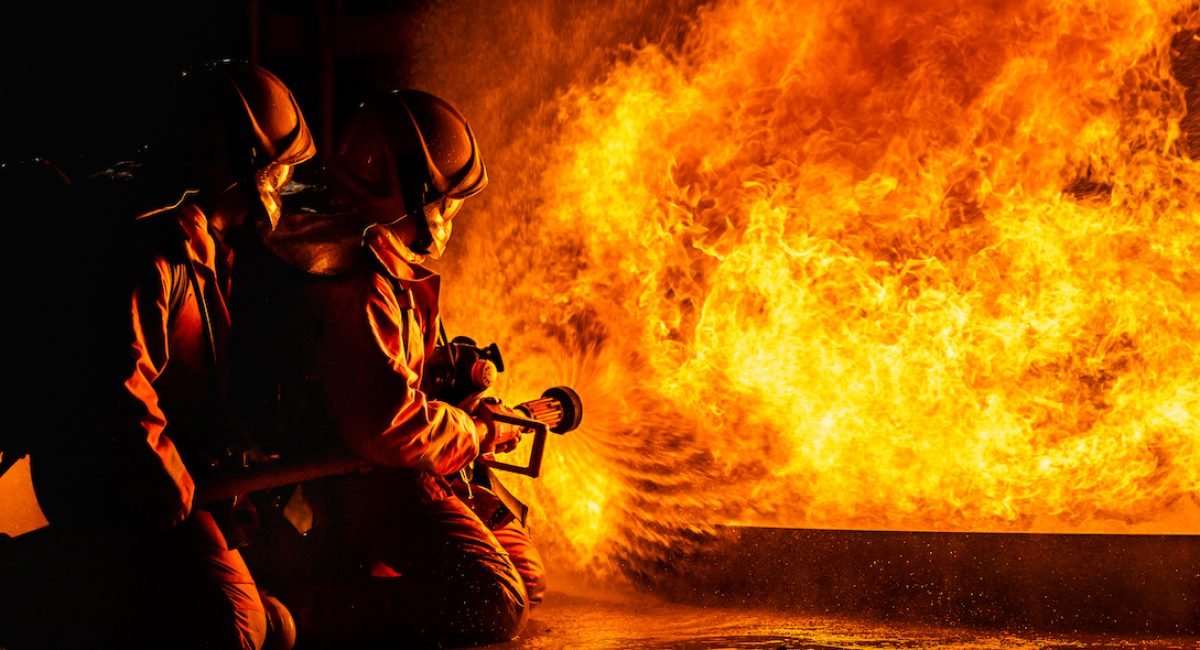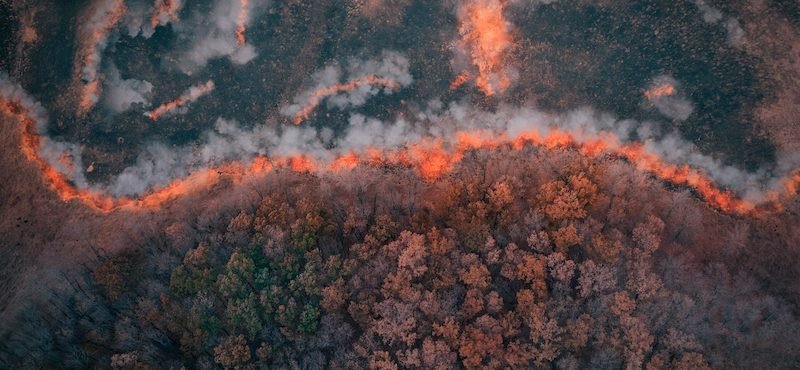
Computer vision is a powerful tool for many business cases but also actively supports the work of public services. As in the case of our previous article on the use of this technology in the police service, it can prove very useful to the fire department. With this technology, safety can be significantly improved and procedures can be streamlined. Below we describe several areas where computer vision has or could have key applications.
Early detection of a fire can save lives. Fires can spread quickly, and if not detected early, people may not have enough time to evacuate safely. On the other hand, it is important to remember that any fire regardless of size can cause extensive damage to property, including homes, businesses and valuable assets.
Early detection of a fire allows for a faster response, potentially reducing the extent of damage and minimizing financial losses. The costs of firefighting and fire cleanup can be significant, and early fire detection and suppression can effectively reduce them.
Early warning systems, such as smoke detectors and fire alarms, can provide people with crucial seconds or minutes to escape. Unfortunately, despite best efforts, the location of sensors and is not always ideal to detect small clusters of fire which is much easier with camera images.

Computer vision can automate inspections of buildings to identify potential fire hazards. Surveillance systems equipped with this technology can analyze live camera images from various locations in buildings or industrial facilities for early detection of smoke or flames. This can help respond quickly and prevent larger fires. In addition, this type of live data analyzing the movement of smoke, flames and other elements associated with a fire, algorithms can predict the potential direction and speed of fire spread. This information can be invaluable in planning evacuation routes and resource allocation.
For larger areas, drones or satellites equipped with vision systems can monitor and track the formation and spread of fires. This is important in this case because fires have a devastating impact on the environment, including destruction of wildlife habitat, loss of vegetation and air pollution. We must remember that in addition to dangerous fire, fires produce smoke and toxic gases that can be harmful to human health. Early detection and evacuation can reduce residents’ exposure to these dangerous substances. Detecting these fires at an early stage can help authorities respond quickly to contain the fire and reduce its impact on the environment, and often prevent long-term health problems.
Again, active monitoring armed with computer vision and predictive algorithms makes it possible, by analyzing multiple data sources such as wind direction and speed, to accurately determine the direction of fire spread. This is a highly significant support in planning the evacuation of often large concentrations of people.

During firefighting operations, computer vision can be used to monitor the location and movements of firefighters and firefighting equipment in hazardous environments. This can improve their safety by alerting command centers if firefighters are in danger or expensive equipment may be damaged. Finally, during emergencies, computer vision can be used to manage traffic flow around affected areas. In this way it can ensure that emergency vehicles can move efficiently, especially in large cities when seconds count, creating traffic tunnels for firefighting units and evacuated people is critical.
Integrating computer vision technology can significantly increase the effectiveness and efficiency of fire departments by providing real-time data, automation and insight to better manage emergencies and prevent potential disasters. By analyzing historical data provided by algorithms, it is also possible to identify patterns and trends that lead to fires. This information can be used to develop fire prevention strategies and safety measures.